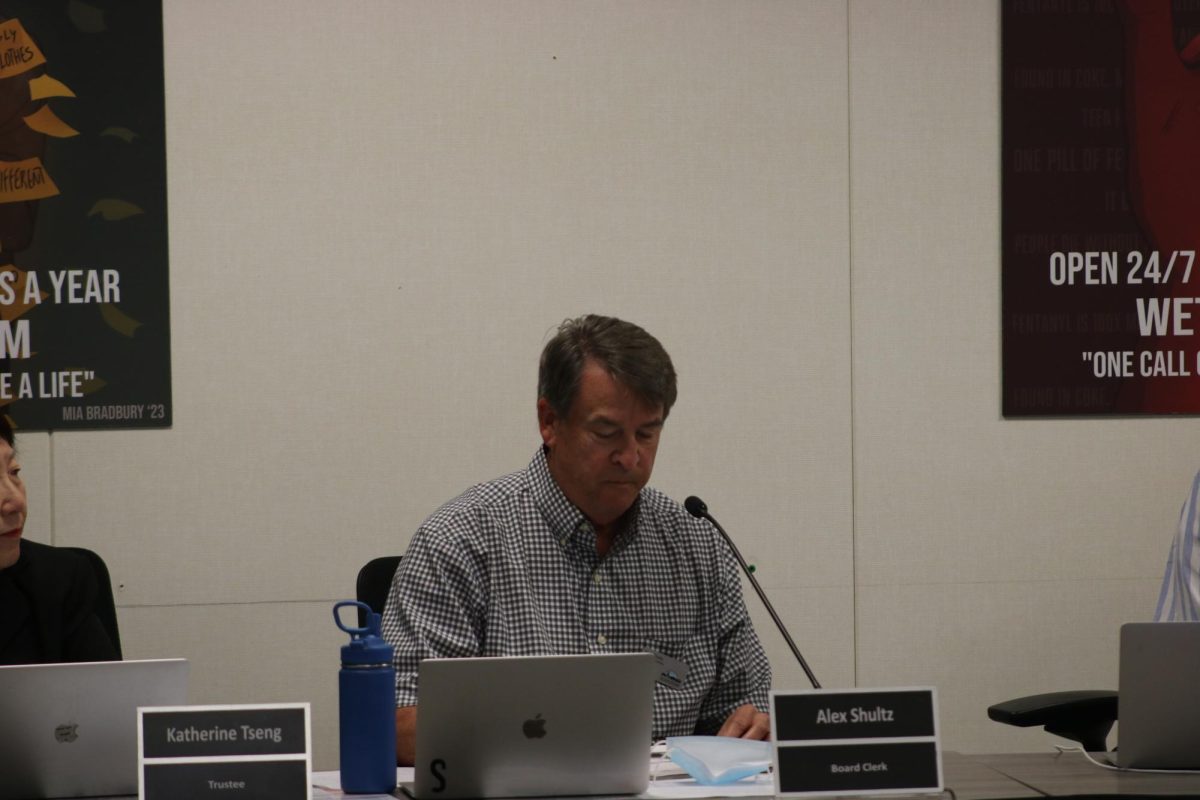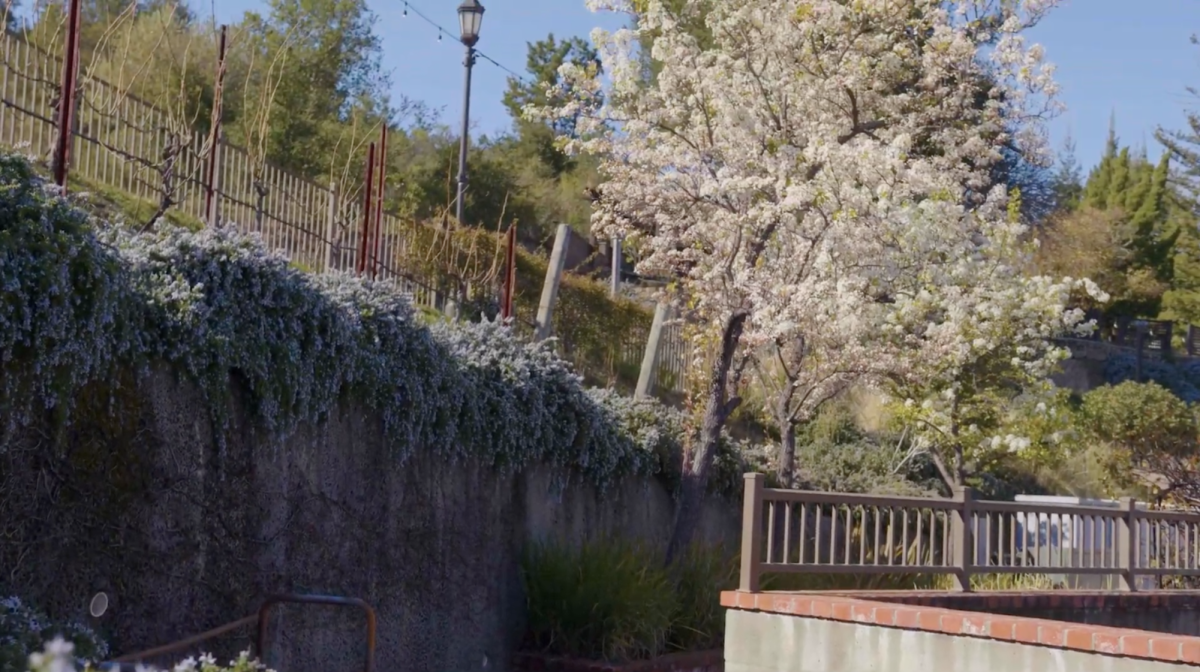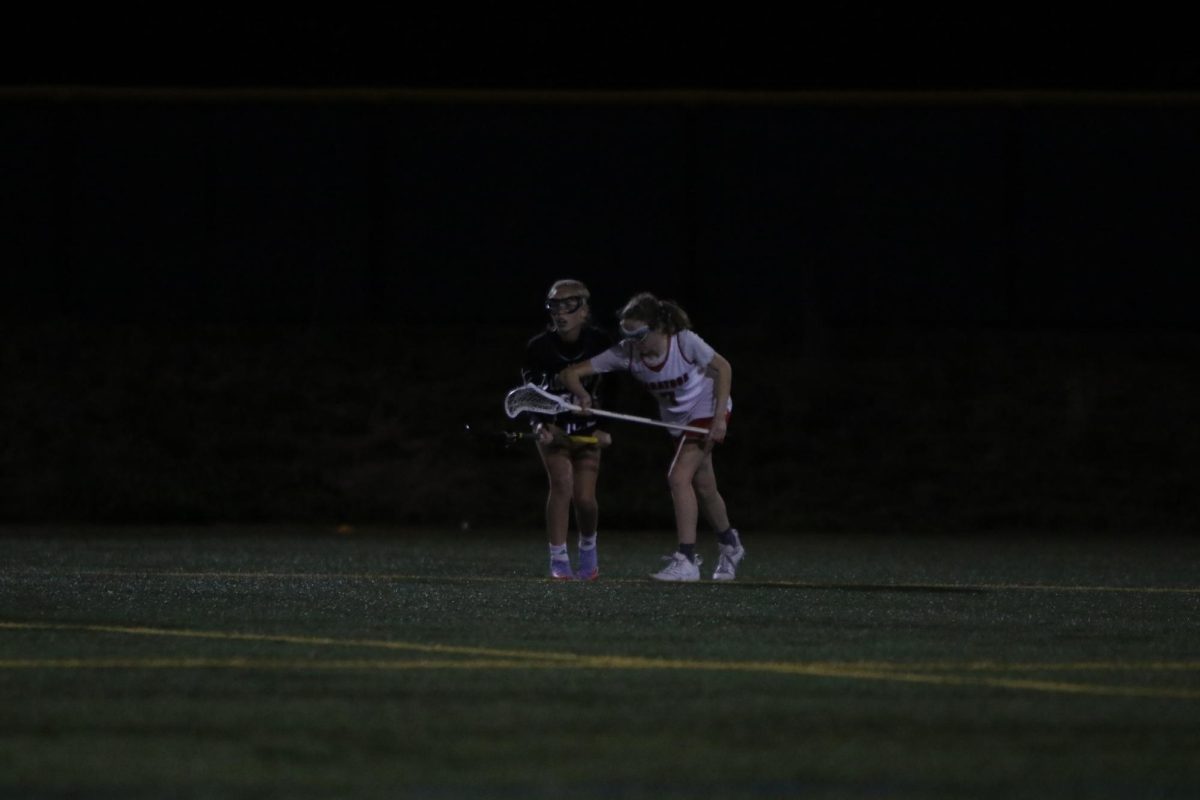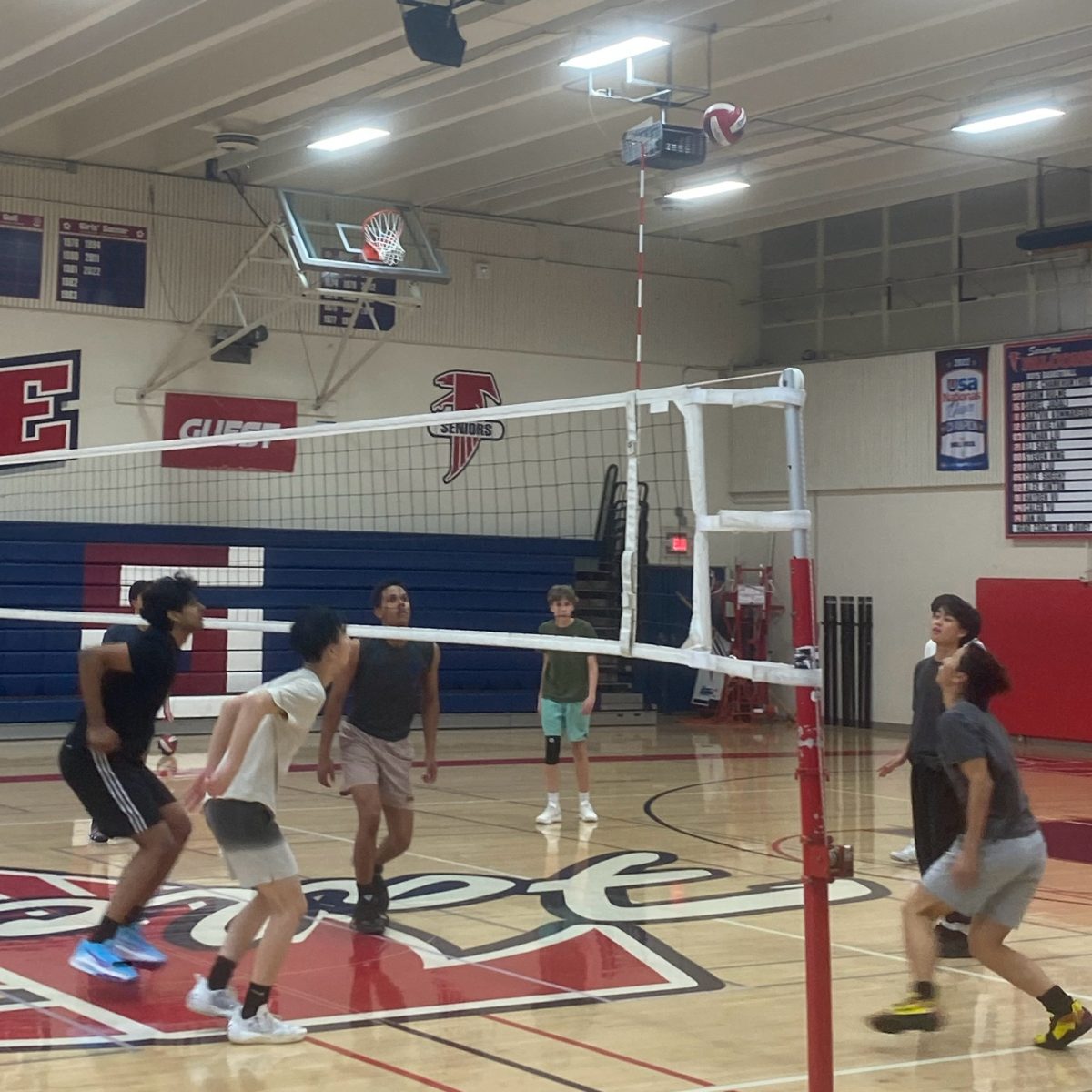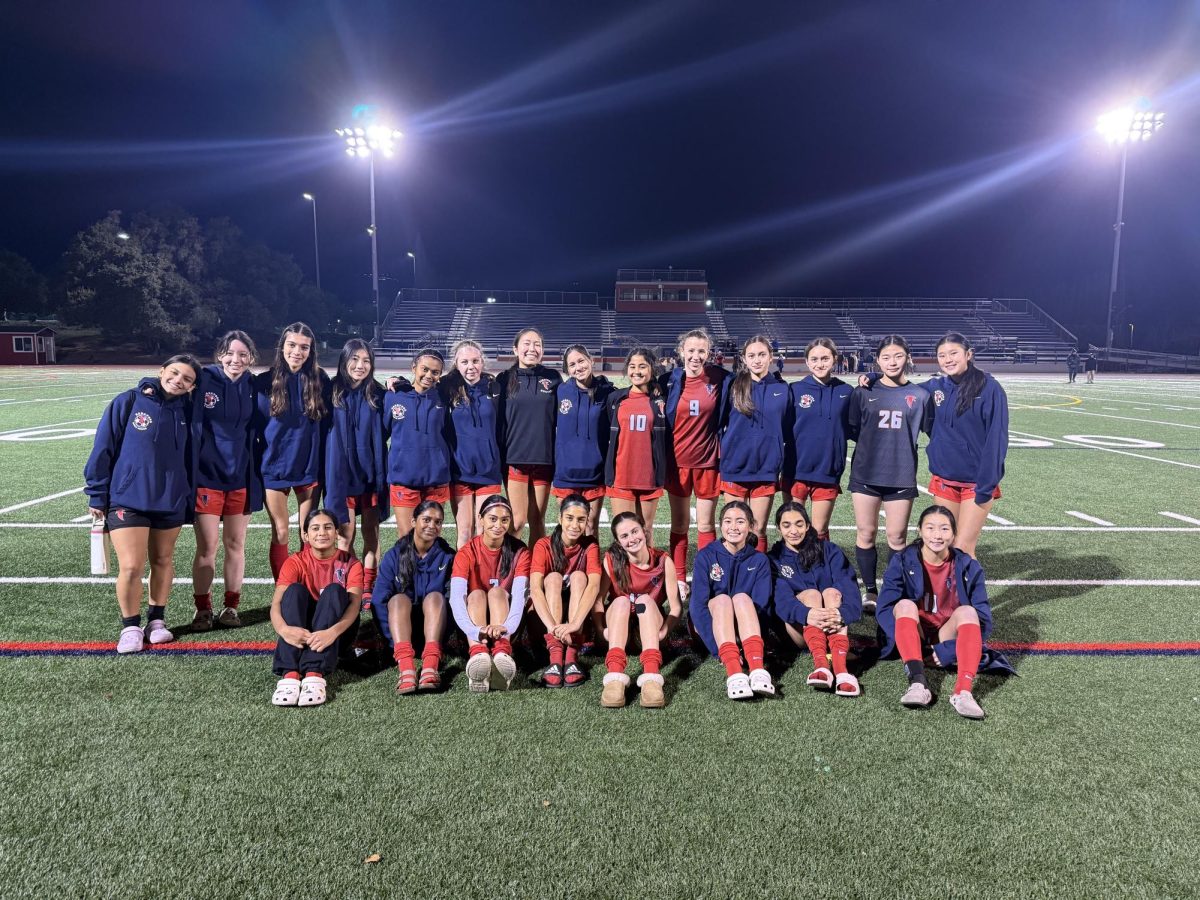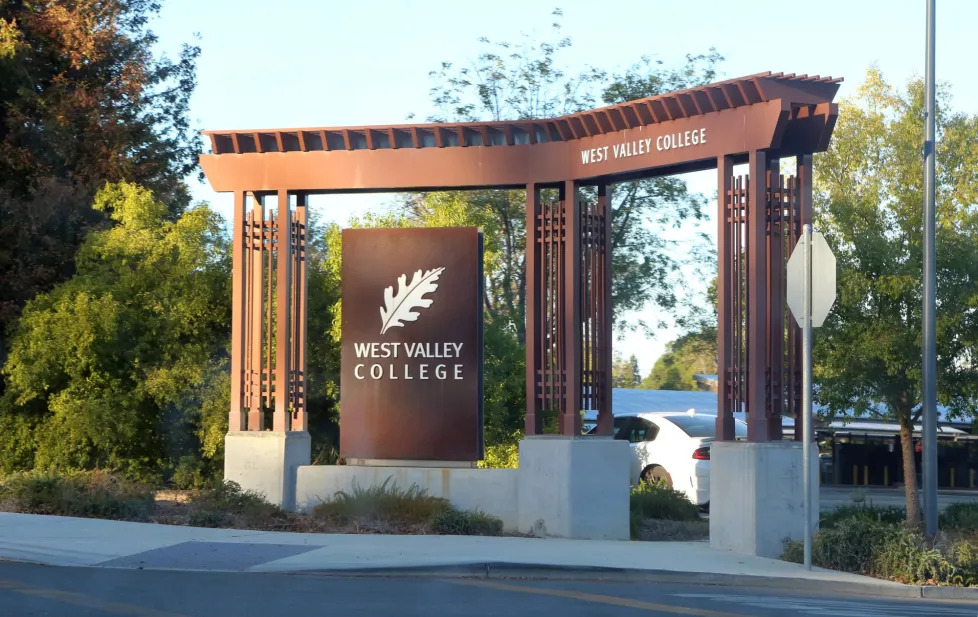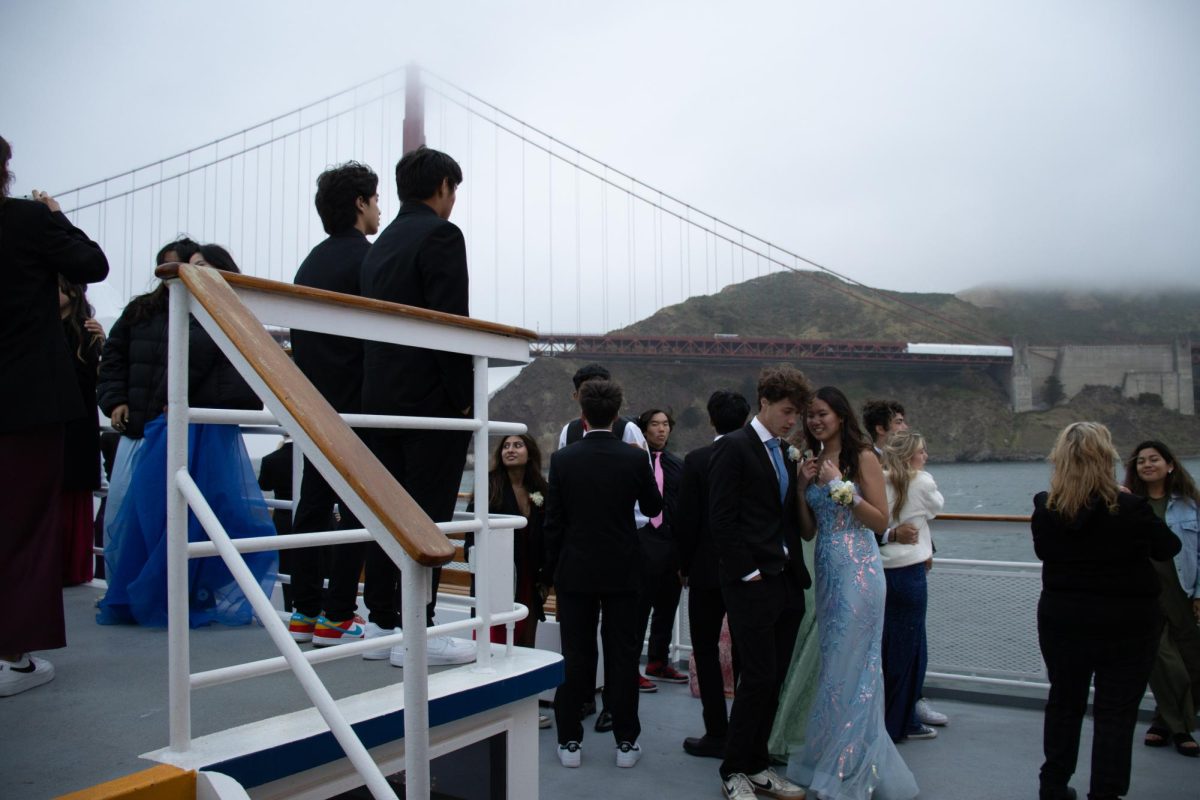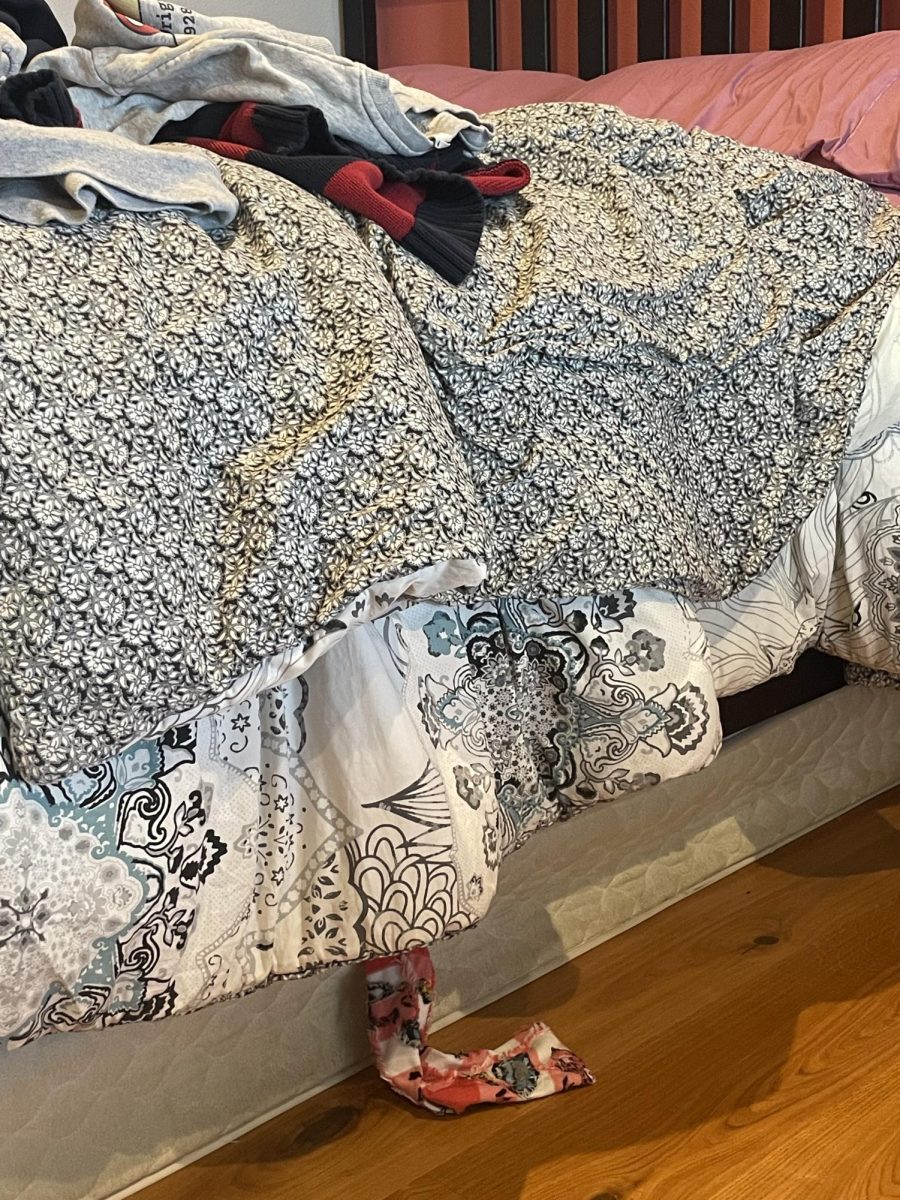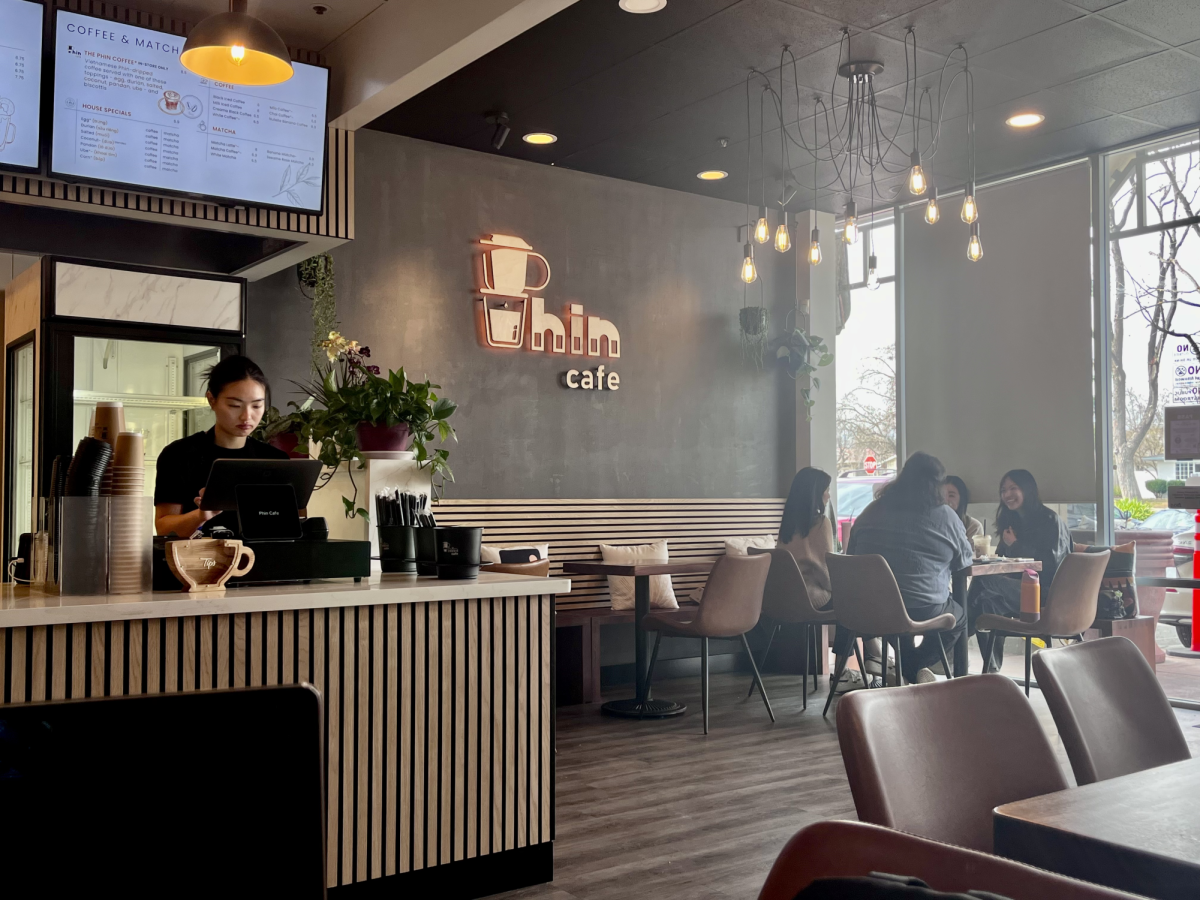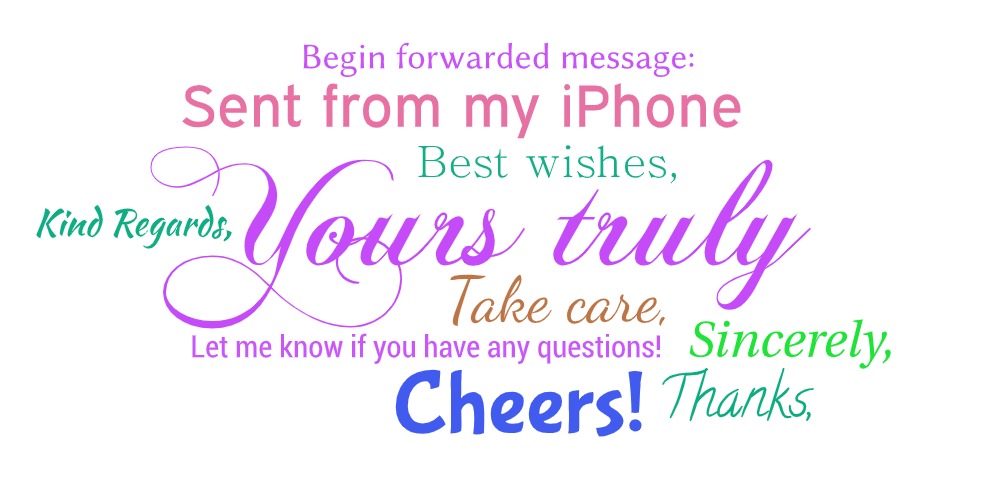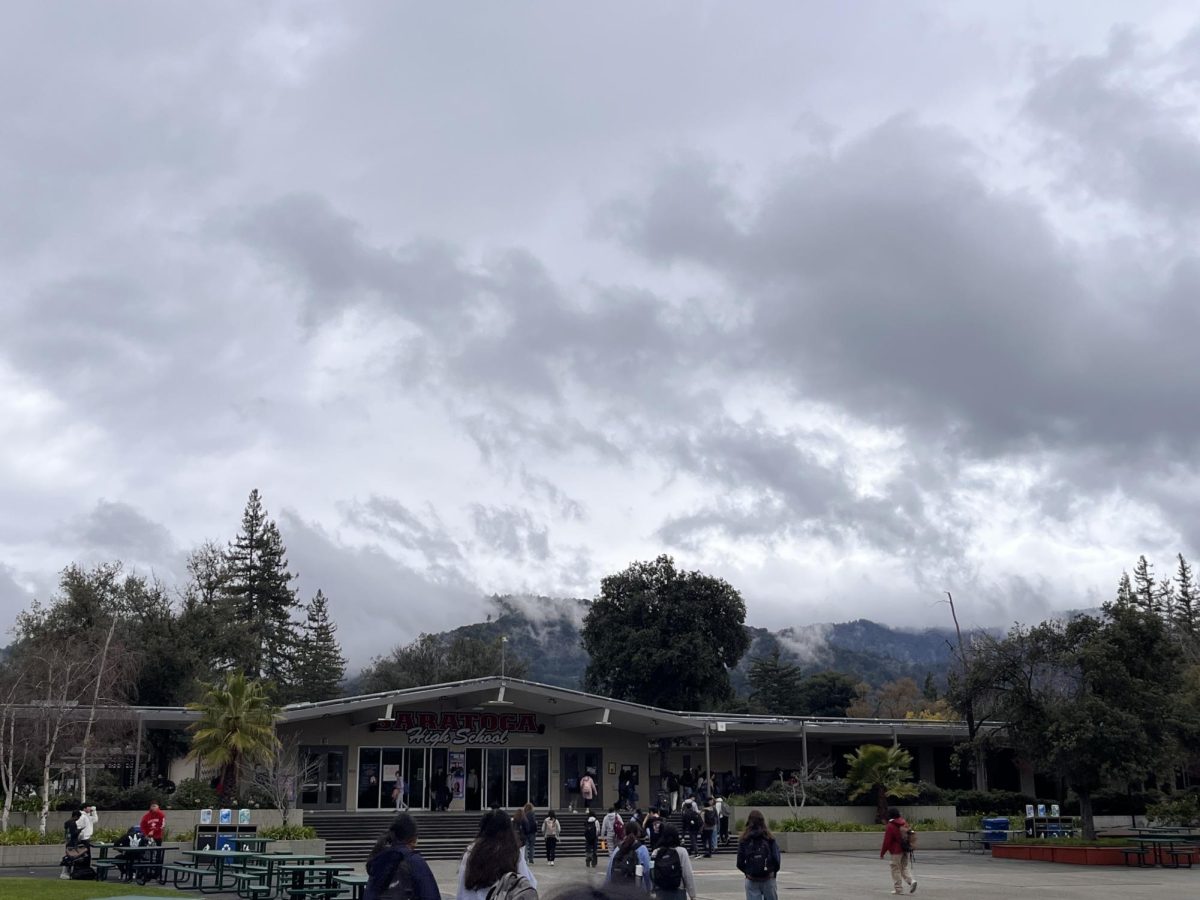Two libraries, two vastly different environments.
While the Saratoga Public Library has a generally quiet and peaceful atmosphere, the high school library is sometimes almost the exact opposite. The bookstacks tucked into the left side of the room remain untouched, while more and more students hurry toward the computers and study tables to finish homework and catch up with friends during tutorials. With so many library books left untouched, the problem of how many people actually read arise.
According to the Washington Post, in 2015, 43 percent of adults read at least one work of literature in the previous year. This is the lowest percentage so far since the National Education Association (NEA) surveys started tracking reading and arts participation in 1982, when the literature reading rate was 57 percent.
These findings are also reflected in recent studies by researchers Jean Twenge, Gabrielle Martin and Brian Spitzberg of San Diego State University.
Statistics published in the study of “Trends in U.S. Adolescents’ Media Use, 1976-2016” and restated in the magazine The Conversation, show that in 1980, 60 percent of 12th graders said that they had read a book, newspaper or magazine that was not assigned for school every day. By 2016, only 16 percent did — a huge drop, even though the book, newspaper or magazine could be read on a digital device.
The Saratoga High library, arguably known as a social center where less and less students read, seems to be a point of evidence for the researchers’ findings.
“I just don’t have time to read because of school and extracurriculars,” junior Elyse Hulme said. “I also have books to read for English, so I don’t get time to read on my own. People may also not want to go to the effort to buy a novel when they can find it online.”
The gradual but steady rise of technology has severely impacted the popularity of literature through forms of media.
Although technology has affected how students approach literature, story-telling and enjoying fiction have continued to grow, fueled by entertainment such as media, art and movies. It is simply the medium of acquiring both fiction and nonfiction that has shifted.
In response to the Washington Post survey, English and drama teacher Sarah Thermond believes that the results “speak to a change in what kind of art and media people are consuming, rather than an overall decline in interest in fiction.”
Thermond attributes this change to the advancement of technology.
“These days, students can find a ton of content to enjoy on their computers and phones, and even I find myself spending more time reading articles and watching informational videos that I might have previously used just for books,” Thermond said.
For teachers who grew up in an age when tech devices such as phones and laptops were not central to the culture, seeing students reading less has generated mixed emotions regarding the use of social media.
“Reading for me was such an important experience in so many ways,” Thermond said. “I am extremely attached to my printed books, and often just picking up an old favorite gives me a sense of comfort and peace that I really can't justify. I always felt that time I spent reading was worth it.”
As homework increases at each grade level, freshmen who read for pleasure sometimes become sophomores who struggle to find time for it.
“As of now, I don’t check out physical books anymore,” sophomore Selina Chen said. “Even if I read it’s mostly during the summer and holidays, and I usually download books online.”
Chen, an avid reader, used to read a book every two days last summer. Despite wanting to continue reading, the piling schoolwork and extracurriculars have made it increasingly hard for her to do so.
Hulme has also struggled to find time for reading.
“If I had time to, I would probably read more,” Hulme said. “I’m just super busy.”
Chen also highlighted an interesting phenomenon she discussed with one of her friends.
“When you’re little, you believe in the fantasies, and you always want to be told that you’re special like Percy Jackson and Harry Potter,” Chen said. “But when you get past a certain year you just get tired and realize you’re not special in the way of those characters.”
While high school students may seem to read fewer books for pleasure because the demands on their time, the school library is not experiencing a decrease in the number of books checked for person enjoyment out just yet. Head librarian Kevin Heyman said the number of library books has been more or less the same since he started working at the school in 2012, with around 1,400 books to 2,200 in circulation a year. So far this year, the library has checked out 694 books.
However, Heyman acknowledges the current circumstance regarding print books.
“People choose what to do with their time,” Heyman said. “Social media consumes a good deal of some people's days. These folks don't have time to read.”
Meanwhile, Mike Eitner, a community librarian at Saratoga Library for almost three years, has actually seen an increase of adult book checkouts in the past five years.
Eitner looks at reading from a broader perspective; although he wants people to read more, he acknowledges that reading takes forms that are not represented in the NEA survey, which only reported the percentage of adults who read at least one novel, poem or play in the previous year.
“All reading is good reading,” Eitner said. “People read the news on their phone. This type of reading is not captured in the NEA survey. In my opinion, this is a very narrow view of reading.”
Both the English and Media Arts Program curriculums have addressed this shift away from traditional print by reassessing curricular texts. In order to make the reading list more relevant to students’ lives, teachers have made an effort to include more modern texts in their curriculum, as well as literature by female and non-white authors.
With this long-term curriculum change comes a big push toward media literacy as well. Thermond explains this advancement with the fact that even non-MAP English classes are incorporating the analysis of artwork, videos or songs as part of the literacy they’re trying to teach students.
“So many students are choosing to spend their free time with that kind of media, and we want to make sure they have the skills to be thoughtful and critical of it, not just of the written word,” Thermond said.
Despite the turn toward technology for literature consumption, several students, even though they may not be able to read as much as they did in younger grades, continue to find ways to connect with print books.
“I have a bunch of downloaded book files sitting on my computer desktop waiting to be read. I try to read as much as I can during short gaps between activities and in the car,” Chen said. “I am always looking for ways to read more.”




